Features of bathing chinchillas
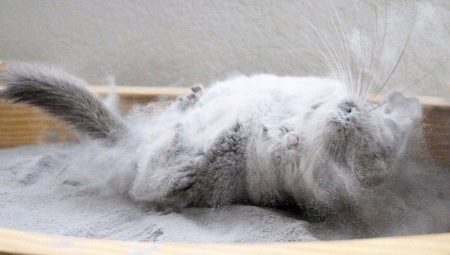
Chinchilla is a small, very funny and fluffy animal. Everyone likes it, and most want to buy it for themselves. It is only necessary to provide it with the necessary living conditions so that it feels great and comfortable. And one of the main components of care is bathing.
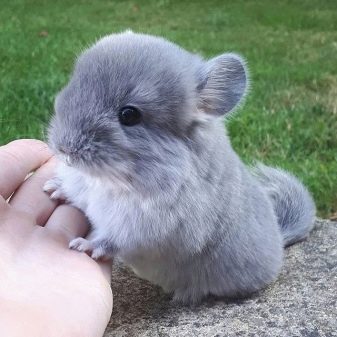
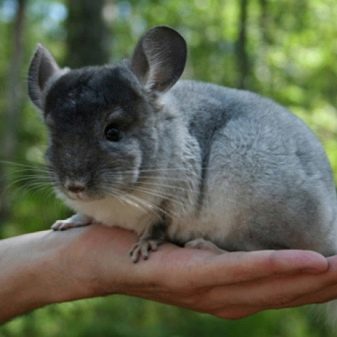
What is it for?
Bathing is required to:
- clean the wool;
- remove excess hair and moisture;
- enjoy the process;
- relieve stress.
And also any owner of a small animal is interested in following this process. Chinchillas swim in a very funny and exciting way. When an animal bathes in its bath, its fur becomes fluffy and shines.
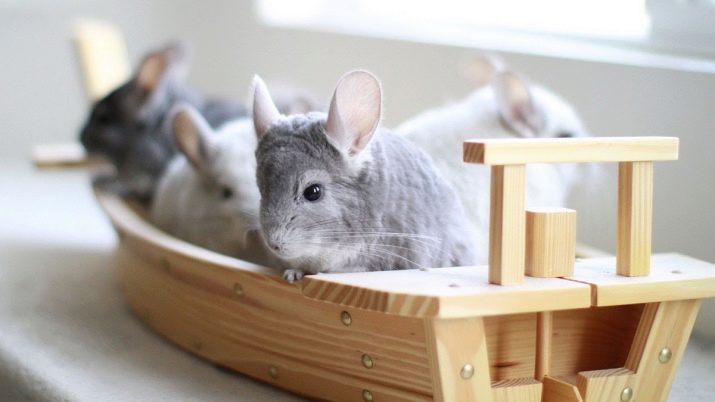
Can water be used?
Most people have a question, you can wash your pet in water. The answer to this question is no, most of the time it is impossible.
And all because they do not have sebaceous glands, and when the coat gets wet, the animal can catch a cold.
If somehow the fur is still wet, then you should immediately wrap the chinchilla in a towel and dry it to the end. Despite this, there are situations when you still have to bathe the animal in water.
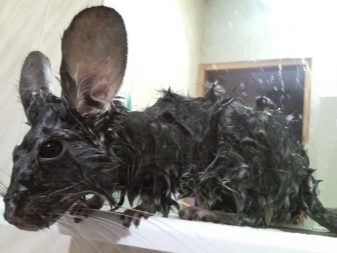
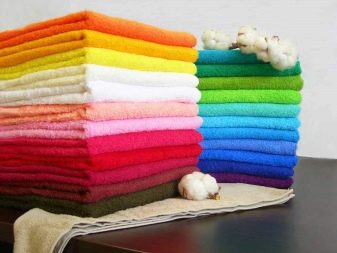
If your animal gets its paws and tail dirty, then you can take a small container with peace of mind, pour warm water into it, and gently remove the dirt with a cloth. Next, wipe the pet with a towel and dry it. You can use a hair dryer while drying. The main thing is that the speed is turned on at a minimum, so as not to frighten the pet. The final action of this procedure is to brush the coat. This process requires special care and can take a long time.
In addition, it is allowed to wash an animal in water if it is heavily soiled and cannot cope without your help.
This should be done as carefully as possible; water should not be allowed to enter the eyes and ears. It should also be warm, high temperatures are prohibited.
Then we dry the pet in the same way as in the first option. Alternatively, you can simply move the cage to a warm place.
In any other case, the chinchilla will not need your help. The animal takes care of itself on its own, you just need to provide it with a special bathing suit with sand.
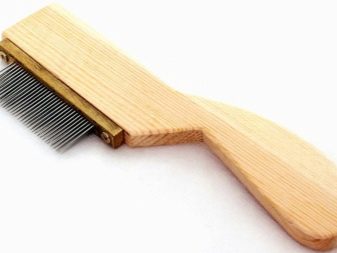
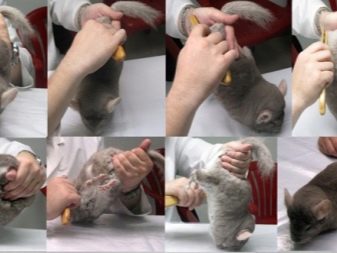
How to choose the right filler?
In nature, the chinchilla does its bathing business in volcanic dust. The name "sand" is rather arbitrary. Remember you cannot use ordinary sand. Its grains are very large and sharp. And they can harm the thick fur. In the event that you sift the sand, its grains will still be sharp. In addition, there is a huge amount of quartz granules.
When you purchase volcanic dust, you need to make sure that it does not shine.
A good quality product should be matte. It is quartz particles that provide shine.
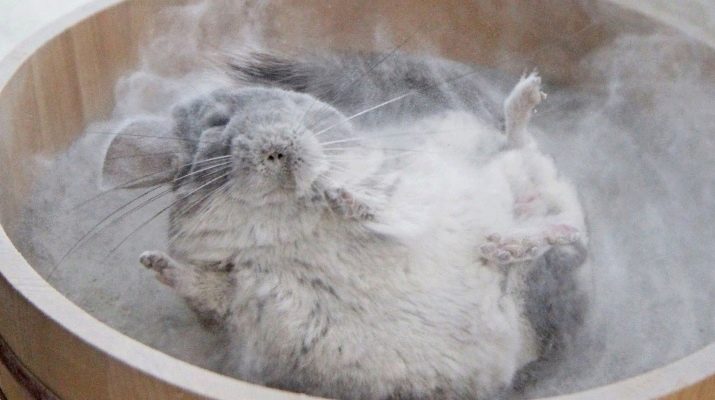
A good filler should absorb water perfectly. If you add a little water to it, it should immediately absorb it. The resulting wet lump usually retains its shape after drying. You can also add talcum powder to the sand for better cleaning of the fur. In addition, it is useful to add fodder sulfur there so that parasites do not appear. This must be resorted to if, in addition to the chinchilla, other animals live in the house. Of course, fleas do not live on these animals, because of the thick fur, but there are times when they appear on their tail.
A filler containing bactericidal and antifungal drugs will give a very good effect.
Moreover, it will remove unpleasant odors. It is worth changing the filler after 10, maximum 15 baths. Its layer should be up to 5 cm.
These animals take their baths very intensively, and a regular bathtub will not work, as dust will fly all over the place. Therefore, you will need to purchase a special bathing suit that will not allow the sand to fly in all directions. And also you can do it yourself at home.
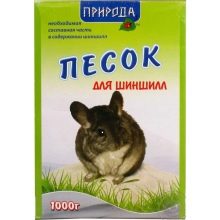
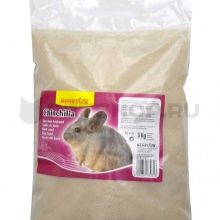

How to do it yourself?
In order for your pet to bathe, you will need a special bathing suit. It must be taken with high edges, since chinchillas are energetic. Specialty stores have a wide selection of all kinds of options. If you have problems purchasing them, you can make a so-called bath from scrap materials.
In this case, the bathing suit does not have to be left in the cage on a permanent basis. There it can be knocked over and dirty.
The main task of the swimmer is to prevent the sand from scattering in different directions. And for these purposes you can use things like:
- Plastic container;
- plastic bucket of the right size;
- containers from detergents;
- five-liter cans.
The simplest options are a bank and a container, since everyone has these things in the house, and if not, then it will not be difficult to get to the store and buy them there. If you have chosen the option with a container, then close it to the end, and you cannot leave the animal there. But it is possible to prevent dust pollution of the room.

Bucket
The good thing about a regular plastic bucket is that it can be used intermittently or left in the cage on a permanent basis. Small but roomy buckets should be preferred.
You can do it as follows:
- take a bucket and make a hole of the required diameter on the side;
- we process the edges with sandpaper;
- the bottom of the hole should be 15-20 cm from the floor;
- pour the filler as follows: turn the bucket over with the lid down and add sand there.
This version of the bathing suit is good because you can get a pet out of it without any problems, and, thus, you will not frighten the animal and cannot harm it. To get the chinchilla, we take the bucket, very carefully turn it upside down, open it and take it out.
The negative aspects of the bucket include the fact that with a large amount of sand, there will be a lot of dust in the room.
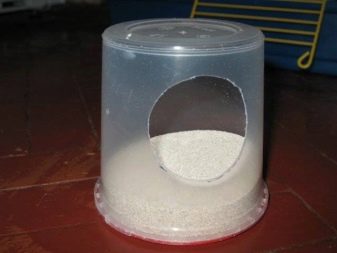
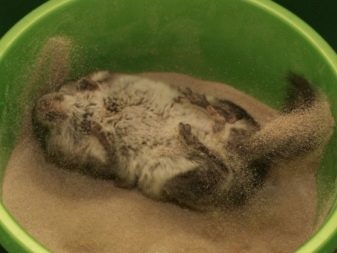
Detergent bottles and containers
Such capacities are almost the same in terms of characteristics. And swimsuits from them are made in the same way.
Step-by-step instruction:
- we take a container and cut a hole of the required size so that the chinchilla can easily climb there;
- we make a hole on the wide side;
- we go through the hole with sandpaper;
- put the bathing suit so that the hole is at the top, and then add sand;
- the last action is to launch the animal.
This option also has its drawbacks, these are:
- light weight - the animal can easily overturn the container when it gets in or out of it;
- smooth surface - it will be difficult for the chinchilla to catch on with its claws to get inside and get out of the bottle;
- weak resistance - the animal will gnaw plastic, and if its pieces enter the body, there will be bad consequences.
If we compare plastic containers with glass jars, then the latter have a plus. They cannot be chewed. But banks are inconvenient because they can roll on the floor during bath procedures. There is also the possibility that the animal could break the can and be injured by the shrapnel.
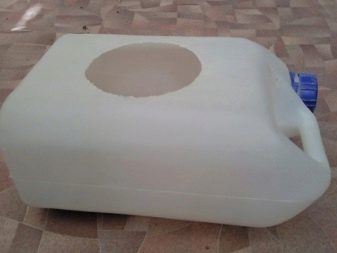
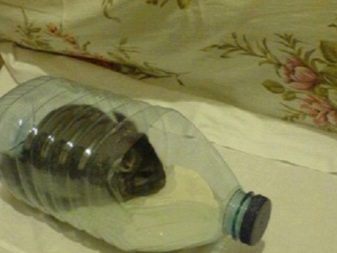
How often can you bathe?
Bathing is best done in the evening. It should take about half an hour. It happens this way: we take a bathing suit, add filler there, and put it in a cage, in a convenient place. And after this is done, the chinchilla itself climbs there and begins to swim. At the same time, she can make various sounds. Thus, she shows her pleasure.
The animal is recommended to be washed a couple of times a week. But in the event that your animal gets dirty quickly and often, then you will have to wash it more often. And if various fungal diseases have arisen, then the process becomes everyday.
Do not forget that in the case of a fungus, a veterinarian's consultation is mandatory. If the situation is difficult, bathing will have to be stopped for a while.
Chinchilla is an interesting and funny animal that, with proper care and attention, will give you many wonderful moments, cheer you up and become a real family friend. But remember that all this will be possible only if you provide the animal with proper and proper comprehensive care.
For more information on mistakes in bathing chinchillas, see below.








